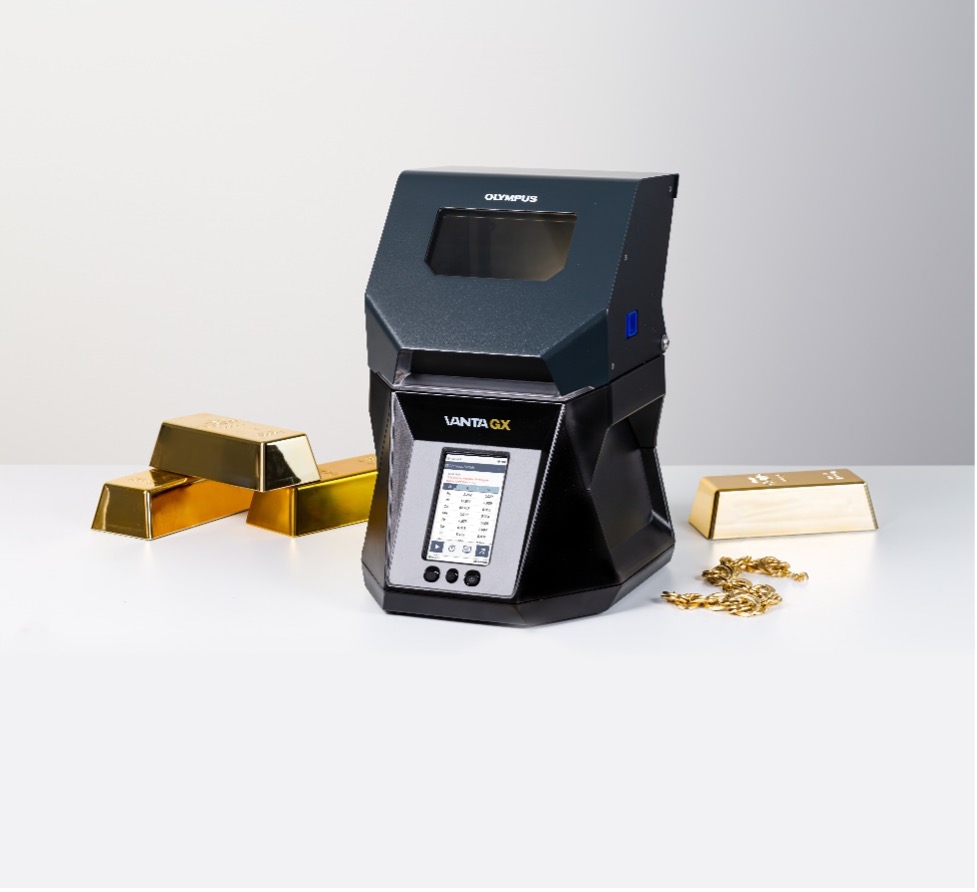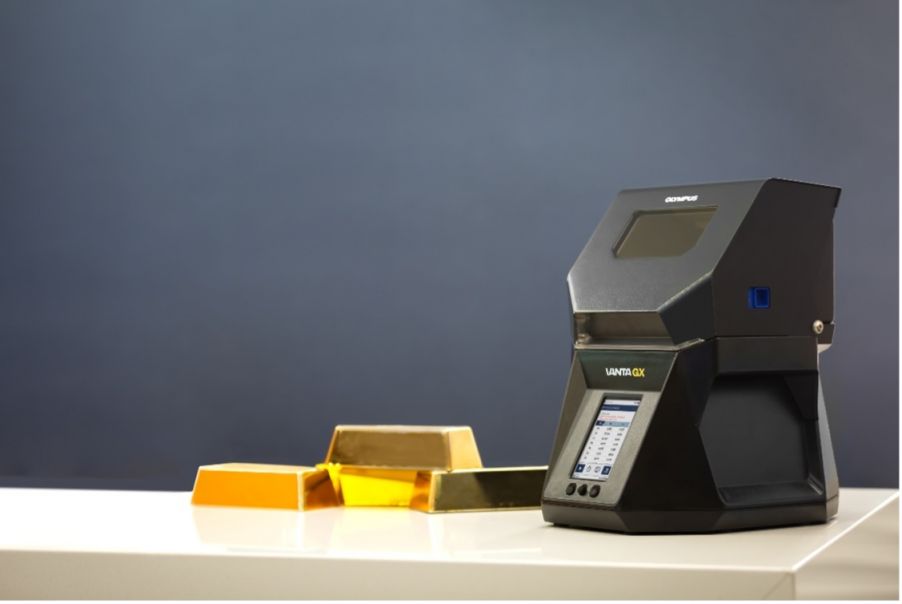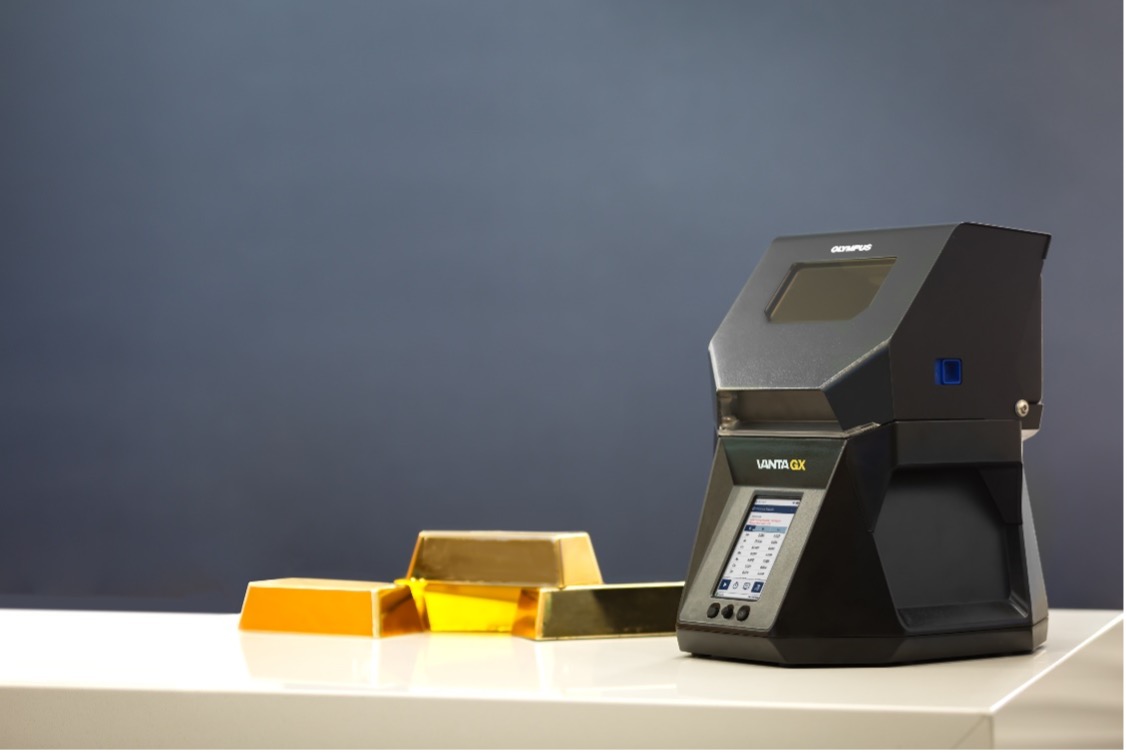As a bullion dealer or pawn shop owner, you need the proper tools to make sure you are providing pure gold, silver, and other precious metals to your customers. There are several methods that can be used to test the purity and authenticity of gold and other precious metals. These include conductivity measurement, acid scratch tests, and X-ray fluorescence (XRF) testing.
This post will take a closer look at each gold testing method and compare them so you can maximize profits with the right techniques.
1. Conductivity Measurement
Conductivity measurement involves using an electronic device to measure the electrical conductivity of a metal. Different metals have unique conductivity levels, so this method can be used to identify the type of metal present. However, this method is not always accurate, as some alloys and mixed metals may have similar conductivity levels. Even the temperature of the sample can affect the test result.
2. Acid Scratch Tests
Acid scratch tests involve applying a small drop of acid to a small area of the metal and observing the reaction. Different acids are used to test for different metals, such as hydrochloric acid for gold and nitric acid for silver. If the metal is genuine, the acid won’t have a noticeable effect on the surface. If the metal is not pure or is an alloy, the acid will react and leave a scratch or discoloration on the surface. While this method is quick and easy to perform, the results can be subjective. Further, the accuracy of acid scratch tests is generally considered to be low. As a result, acid scratch testing can’t be considered a quantitative method.
3. XRF Testing
XRF testing is a more accurate and comprehensive method for testing the precious metal content and purity of valuable metals. An XRF analyzer emits X-rays into a metal, measures the energy released by the excited electrons to determine what the sample is made of, and provides results in seconds.
This test is not only quick and easy, but XRF analyzers are generally considered the most reliable method for testing metals. The accuracy and precision of XRF are demonstrated in the tables below that compare the results (percent of elements in the sample tested) from an XRF-based precious metal analyzer to certified reference standards for gold jewelry alloy.
Vanta GX PIN model (15-second test time, %)
| Element | Test 1 | Test 2 | Test 3 | Test 4 | Test 5 | Vanta GX Average (%) | FLUXANA 0732-16 Certified Value (%) |
|---|---|---|---|---|---|---|---|
| Gold (Au) | 33.50 | 33.40 | 33.39 | 33.38 | 33.42 | 33.42 | 33.33 |
| Silver (Ag) | 58.30 | 58.41 | 58.36 | 58.29 | 58.41 | 58.36 | 58.61 |
| Copper (Cu) | 8.2 | 8.2 | 8.25 | 8.32 | 8.17 | 8.23 | 8.06 |
The table compares the results (percent of elements in the sample tested) from an XRF-based precious metal analyzer (Vanta GX PIN model) to certified reference standards for gold alloy jewelry.
XRF is also a nondestructive method for precious metal analysis. In other words, XRF tests don’t harm the metal being evaluated (while acid scratch tests may leave a mark). For flexibility, XRF analyzers come in rugged handheld versions for testing metals in the field and benchtop versions designed for the showroom environment.
Introducing a Simpler Way to Test Gold, Silver, and Jewelry
An example of an easy-to-use and affordable benchtop XRF analyzer is the new Vanta™ GX precious metal analyzer. It proves the purity and percentage of gold, silver, platinum, palladium, and other precious metals at the push of a button. The analyzer also provides comprehensive composition results so you can accurately price items. Detect up to 27 chemical elements, including hazardous elements (lead or cadmium) and less valuable elements. Along with these actionable test results, a gold plating alert makes it easy to spot fakes.

Vanta GX precious metal analyzer
Using an XRF-based precious metal analyzer to verify valuable metals gives you the assurance that you are providing a genuine product to your customers. You can confidently stand behind the purity of your products. Your customers can also test their own precious metal metals on the spot. This is especially useful for those who have purchased from other mints or dealers.
With an XRF-based precious metal analyzer, traders can confidently stand behind the purity of the products they sell. Simply put, XRF is a useful tool for establishing trust and credibility with customers.
For example, if an item is thought to be pure gold but is actually an alloy, the seller may mistakenly price it as pure gold and lose money in the transaction. Similarly, if an item is thought to be a low-grade metal but is actually a valuable precious metal, the buyer may significantly underpay for the item and miss out on a profitable investment.
Bullion dealers and their customers can use the Vanta GX precious metal analyzer to confidently determine the composition of jewelry, identify gold-plated items from pure gold ones, and make informed purchasing decisions.
You can learn more about its key advantages in our post, 5 Reasons to Test Jewelry with the Vanta™ GX Precious Metal Analyzer.
Related Content
Video: Vanta GX Precious Metal Analyzer Unboxing


